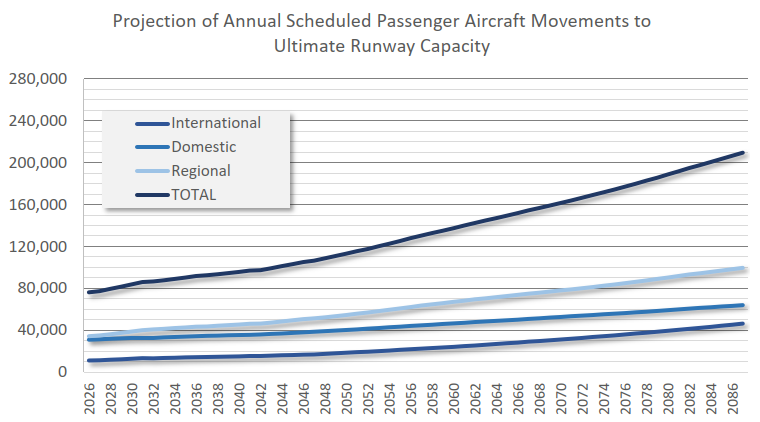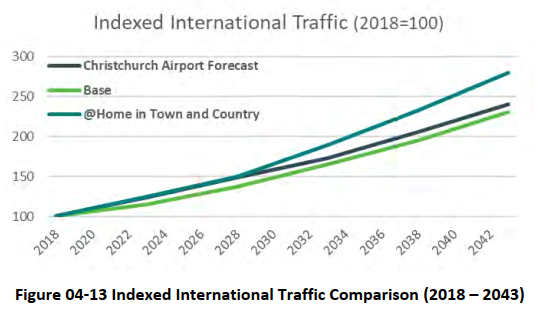Recent news on airport noise contours seem to have flown under the radar, so I thought I’d jot a brief summary of just what’s landed recently.
The Canterbury Star reported this a couple of weeks ago:
Noise contours for Christchurch International Airport are being reviewed, as Environment Canterbury begins work on its regional policy statement.
The council has received updated noise contours requested from Christchurch International Airport, which will help inform a review of the Canterbury Regional Policy Statement, which has been operative since 2013.
The airport has published all the reports on their website here.
The airport’s noise-modelling work has really taken flight lately. It’s quite heavy reading, particularly for someone who’s not an expert. But my plain language interpretation of it all is that, essentially, the impact that aeroplane noise has on the city is going to worsen in future. They say there are a few reasons for this:
- They assume there will be greater volumes of plane movements in future
- Changing departure tracks
- More jets and fewer turbo-prop planes
- More accurate modelling
- Changing climate meaning more northwesterly winds (and hence greater use of the secondary runway) and warmer, more humid air (which transmits noise better).
There are some pretty cool graphics and maps in the report. Here’s what the airport looks like. The main runway is southwest-northeast, with a secondary runway northwest-southeast.

They are assuming a tripling of passenger aircraft movements, from a little under 80,000 per annum in 2026 to over 210,000 in 2086.

Here’s another graph showing the assumed growth over the next few decades.

There’s no discussion in these reports on how realistic it is to assume huge growth in air travel in the context of requirements to reduce emissions (at least that I could see). I’m sure the airport must have done a lot of thinking about this, but if they have it’s not in this report.
They include the graph below, which seems to indicate that New Zealand currently has more flights per capita than any other country in the entire world, about 10 times the global average (note the logirithmic scale). I was initially surprised at this, but on reflection it probably makes sense: we are an island nation, wealthy, and have a big tourism industry.

Runway departure tracks flown (in grey) and published (in green), to the north and south.


Helicopter movements.

And all of that results in the proposed new noise contours below. The green one is quite a bit bigger than the current noise contour. It covers an area of roughly 200 square kilometres, almost as big as the Christchurch urban area.

Why this is of interest to me is that, depending on the policy response, there may be implications for the city. It’s pretty common for cities to restrict development under airport noise contours, and this is the approach Christchurch currently takes with the smaller contour. The proposed expansion may therefore have impacts on the city’s shape and function, housing supply/choice/affordability, efficiency of infrastructure and service provision (e.g. MRT) etc.
It will be interesting to see how this plays out over the next wee while. The noise contour has really grown wings but buckle up – I suspect there may be a patch of turbulence ahead. If we’re lucky a smooth landing is reached at some point.